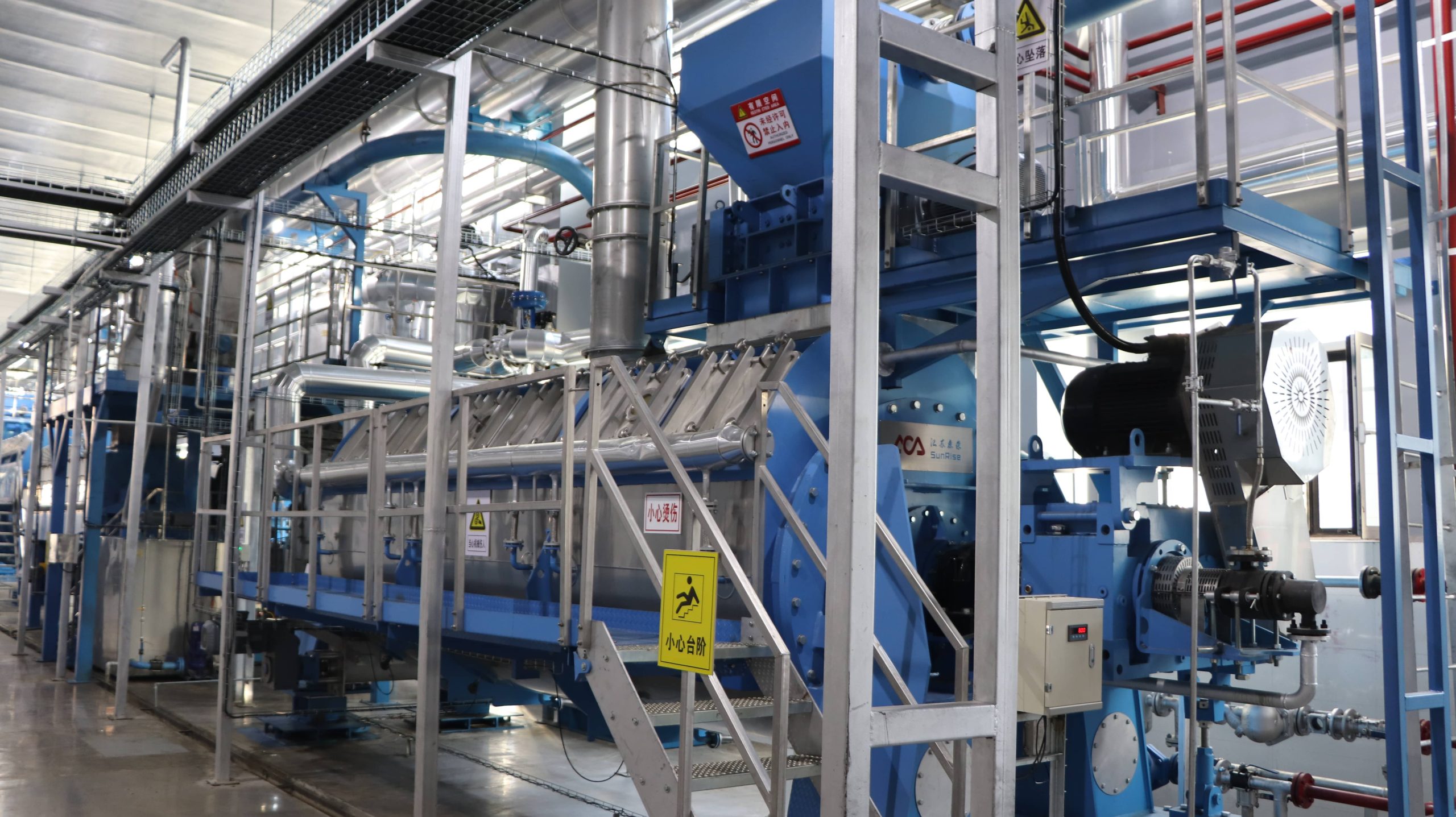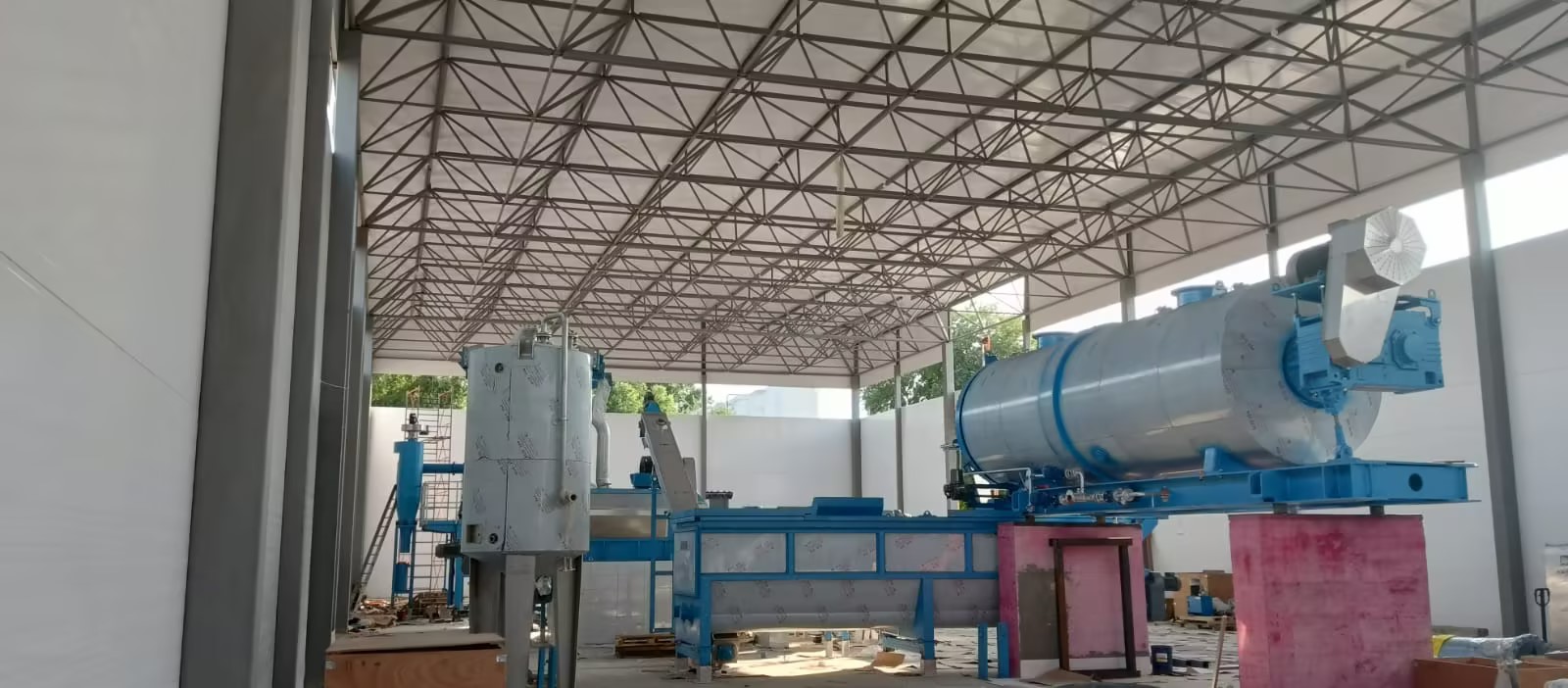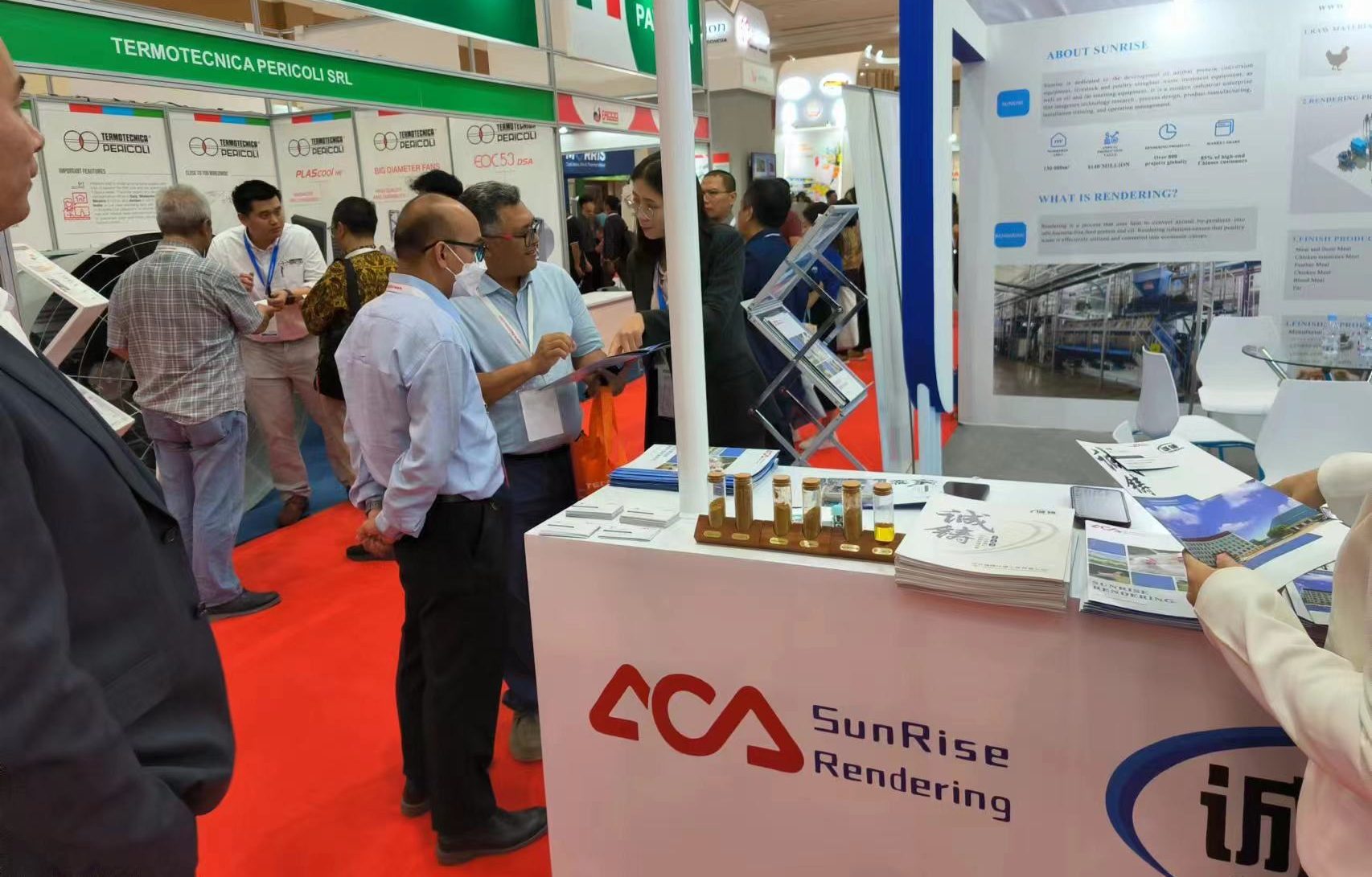
What Happens In A Rendering Plant And Slaughterhouse?
What Happens In A Rendering Plant And Slaughterhouse?
So what’s the difference between A Rendering Plant And Slaughterhouse facility? The difference between a slaughtering plant and a rendering facility is that the slaughtering plant breaks down the whole carcass into cuts of meat, whereas a rendering facility produces a variety of by-products.
There are two types of rendering facilities – independent and integrated. An independent plant is one that picks up grease, blood, feathers, and offal (internal organs and entrails) for further processing and development. Integrated facilities are physically connected to the slaughter plant and operate in conjunction with each other.
Rendering Plant And Slaughterhouse: Interesting Facts
Rendering plants and slaughterhouses are two important plants in the meat industry. Both of them use the same materials, but their processing is different. So, let us take a look at some interesting facts about rendering plants and slaughterhouses:
Rendering Plant:
The main purpose of the rendering plant is to process the waste of slaughtered animals into valuable goods. It is used to make soap, candles, margarine, and other products as well as biodiesel fuel. Rendering plants can be found in many countries such as Germany, China, and India.
Slaughterhouse:
Slaughterhouse is used for killing animals by cutting their necks or cutting body parts with professional machines. Slaughterhouses can be found in many countries such as the US, Canada, and Australia.
Rendering Plant And Slaughterhouse: What’re Differences
Rendering plants and slaughterhouses are different in many ways. For one, rendering plants are used for producing animal by-products, whereas slaughterhouses are used to kill animals. Additionally, rendering plants’ materials may be from slaughterhouses.
In terms of operational requirements, rendering plants typically require more space than slaughterhouses do. For example, rendering plants may require more space to store the animals, process the meat, and package the product. Additionally, rendering plants may also require more space to generate heat or power for their equipment.
The production process of rendering plants and slaughterhouses can differ as well. For example, slaughterhouses may involve more manual labor, while rendering plants may not involve any manual labor at all.
Rendering Plant And Slaughterhouse: What’s Kind of Machines
Meat processing is a slow and complex process. In the meat industry, animals are slaughtered, transported to the rendering plant, processed, and then finally fed to livestock at the feeding plant.
Rendering plants do not deal with only raw materials but also waste materials such as bones, blood, and hides. The rendering process itself is called “rendering” because, in this process, animal bones are converted into useful by-products such as fertilizer and animal feed.
Renderers are a type of industrial machine used to process animal feed. They may be used in slaughterhouses, rendering plants, or food processing facilities. These machines can be used to process the material into animal feed and other products like protein meal or protein fillers.
Renderers can be designed to have different capacities or they can have multiple operations depending on the needs of the plant they are being used in. They may have a capacity that is enough for one operation or it could be more than one operation depending on how many operations are needed for the plant.
Rendering Plant And Slaughterhouse: Disposing of waste
The rendering plant and slaughterhouse are the two facilities in a meat processing plant. The rendering plant uses the waste materials from other parts of the meat processing plant to produce a raw material that can be used to produce animal feed and other products. The slaughterhouse processes animals into meat products, bones, etc.
The main purpose of rendering plants is to convert animal waste into usable products. Rendering plants can also be known as waste-to-energy plants because they use thermal energy to turn organic materials into a useful form such as electricity or heat.
Rendering Plant And Slaughterhouse: How to Deal With Odor Problems
In a business setting, it is important to have a plant and a slaughterhouse that can provide the best quality services. You will be able to take care of your customers and keep them happy. There are many things that can go wrong in this process, but you should know how to deal with odor problems.
The important thing you need to do is hire professionals who are well-trained in dealing with odor problems. These professionals will be able to assess the situation and determine what kind of treatment is needed. They will also ensure that all procedures are followed properly so that the problem does not occur again. As a professional Rendering Environment Protection Machine manufacturer, Sunrise has been providing solutions for odor problems since 2016.
Once we have established what type of odor problem you have, we can begin treating it immediately with a variety of different solutions depending on how severe it is and what type of environment you live in. Some types of odors may require us to remove them completely while others only need minor adjustments made so they do not interfere with your day-to-day work.
We will work closely with our clients to help ensure that their project runs smoothly from start to finish. We will be sure to answer your questions promptly, provide recommendations based on your needs, and give you tips on how we can make your project run as smoothly as possible.
Concluding Remarks
If you are looking for a company that offers the best possible service at an affordable price, then Sunrise should be your first choice. Our team at Sunrise Waste Solutions is dedicated to providing our customers with high-quality products at an affordable price. We strive to provide exceptional customer service by meeting all your needs as quickly as possible.



